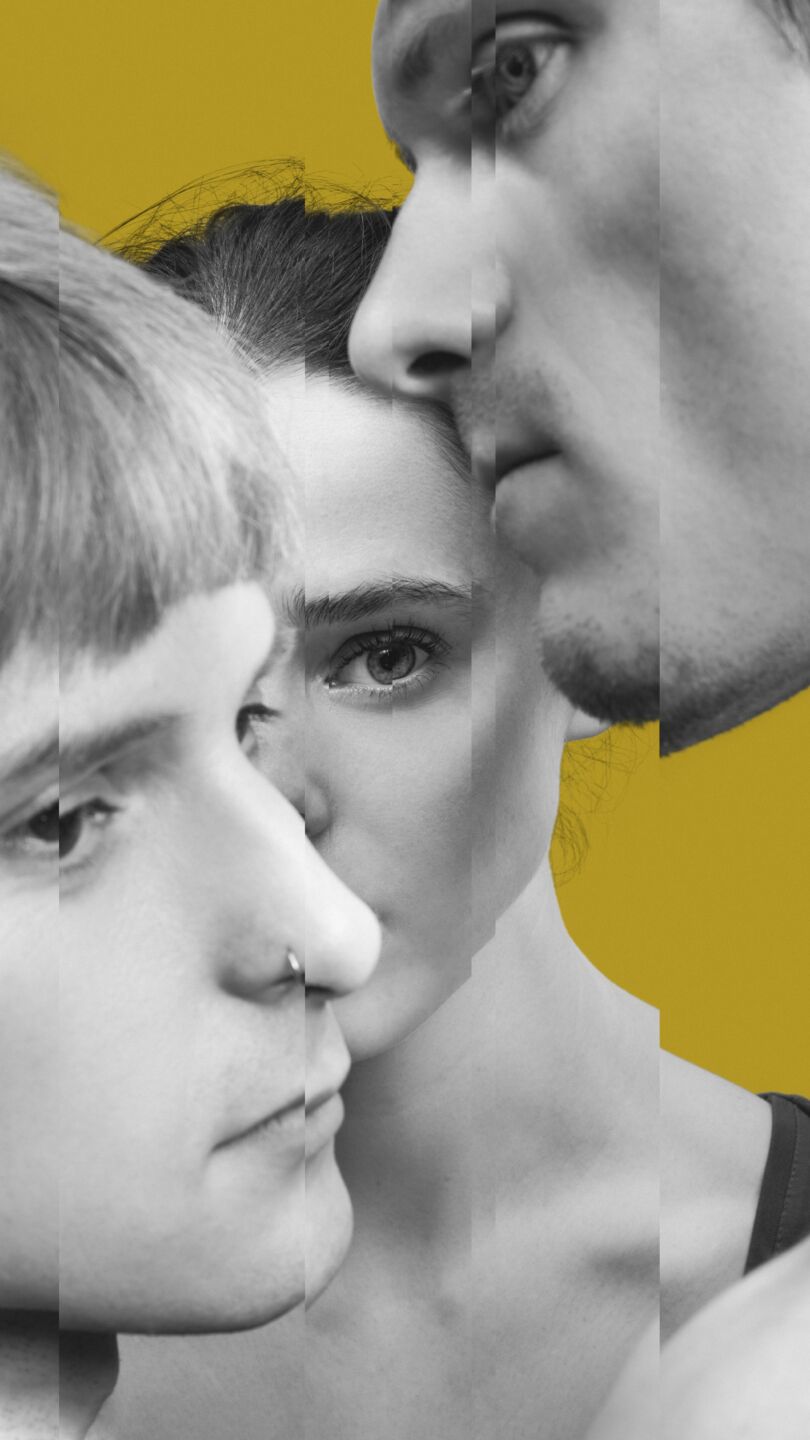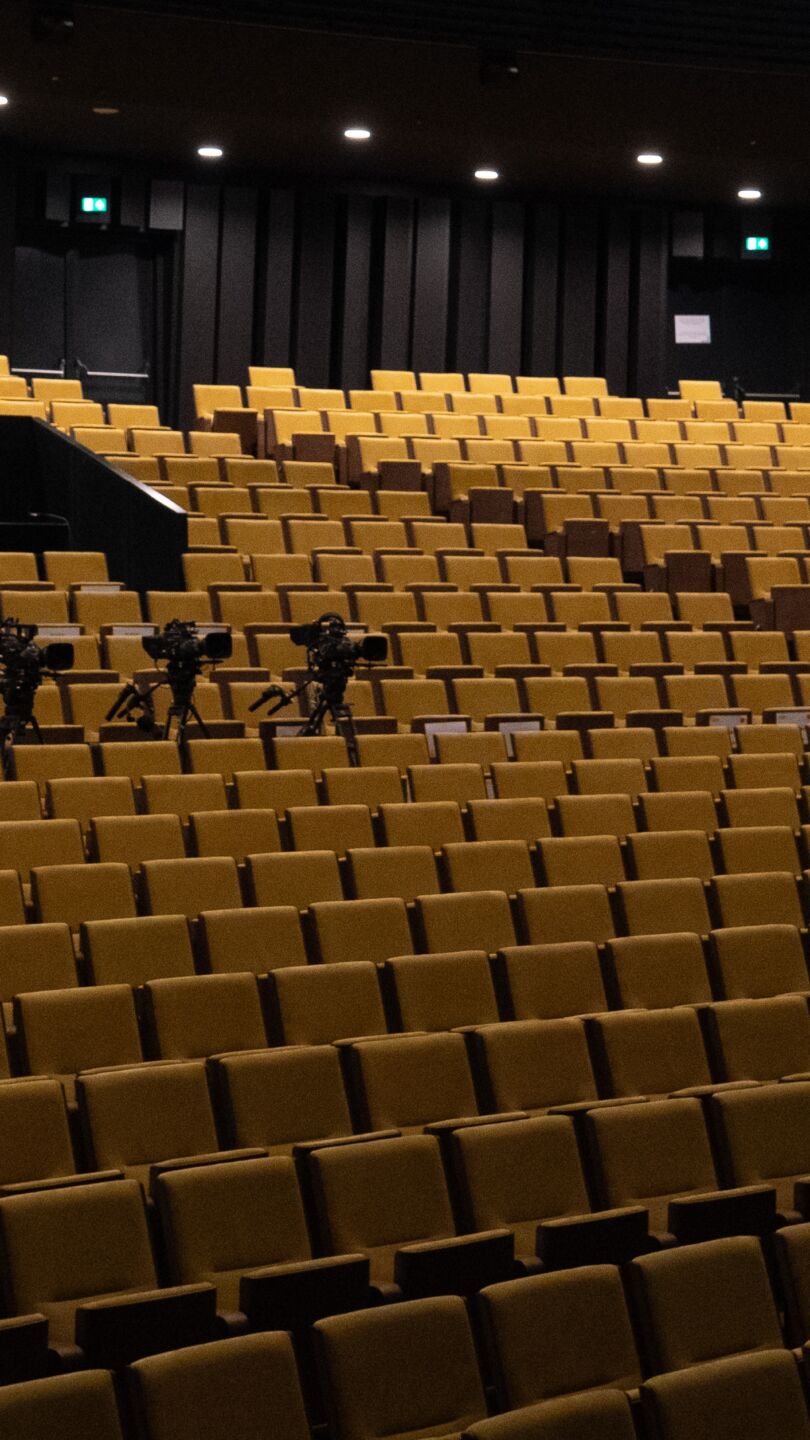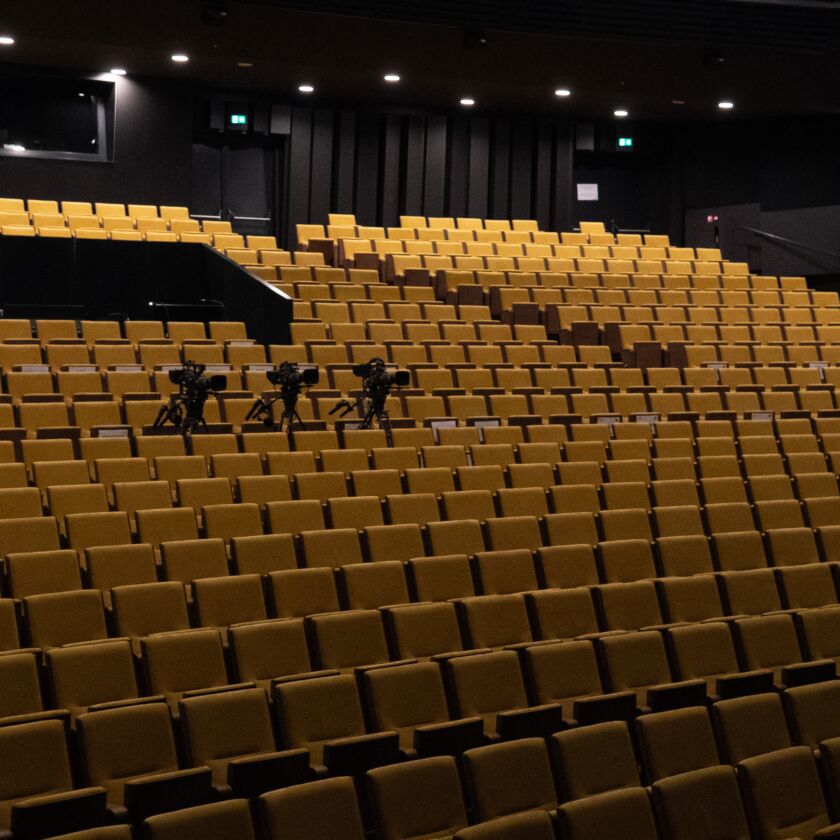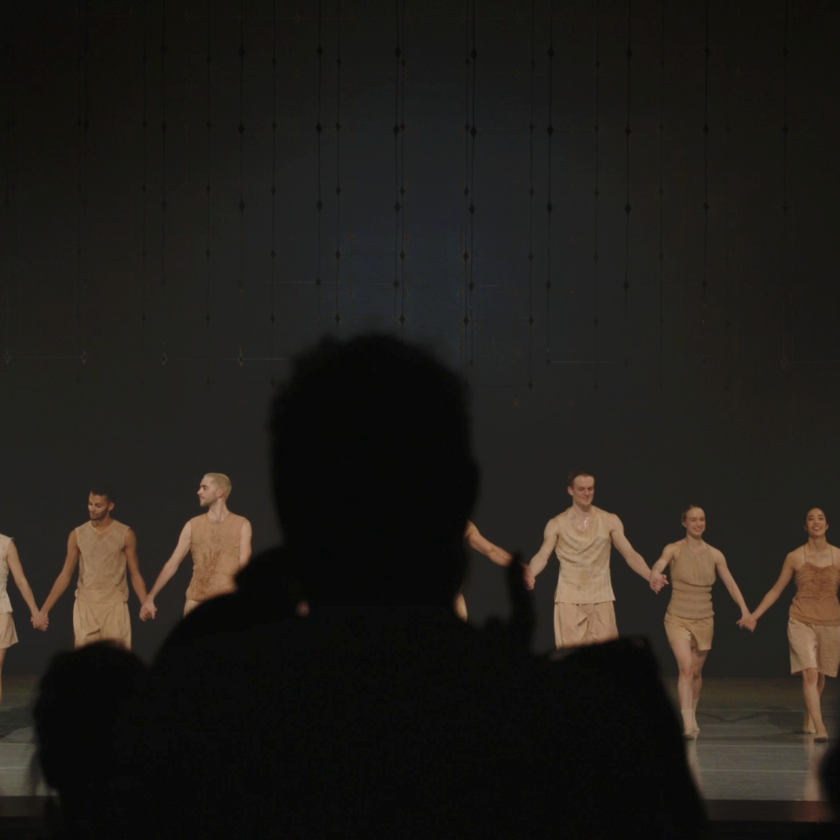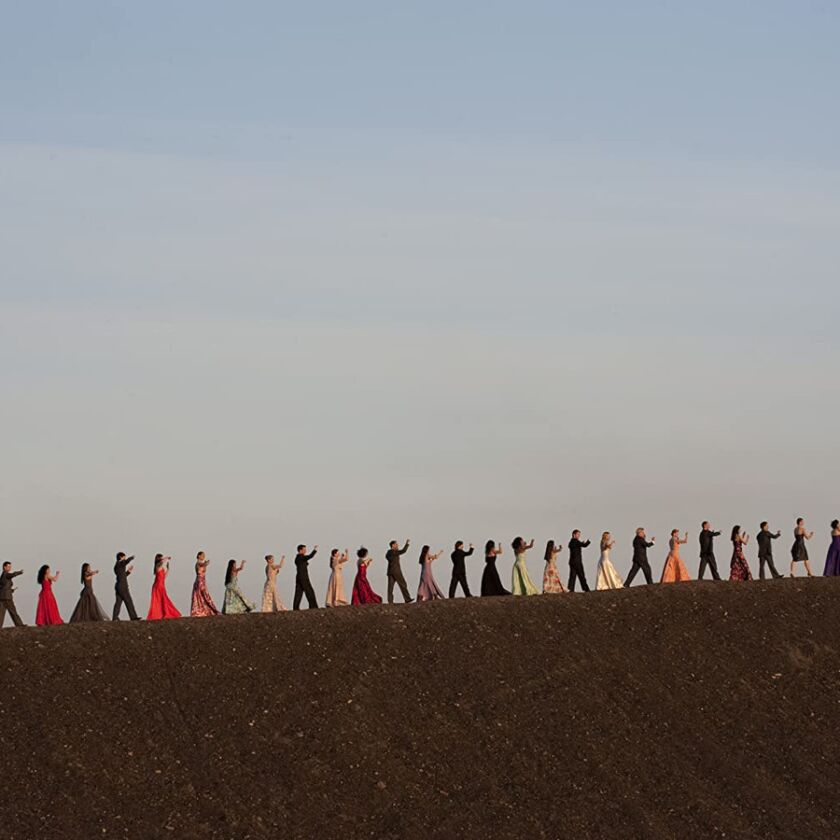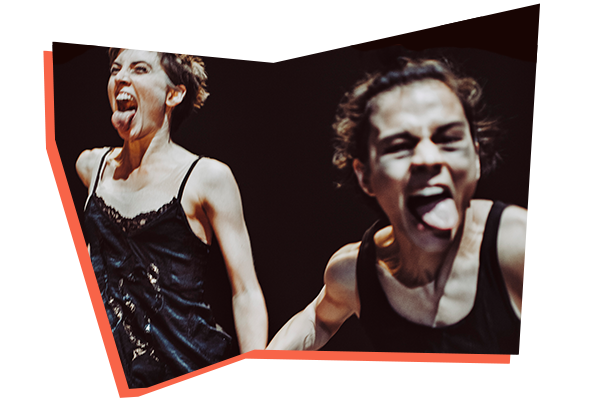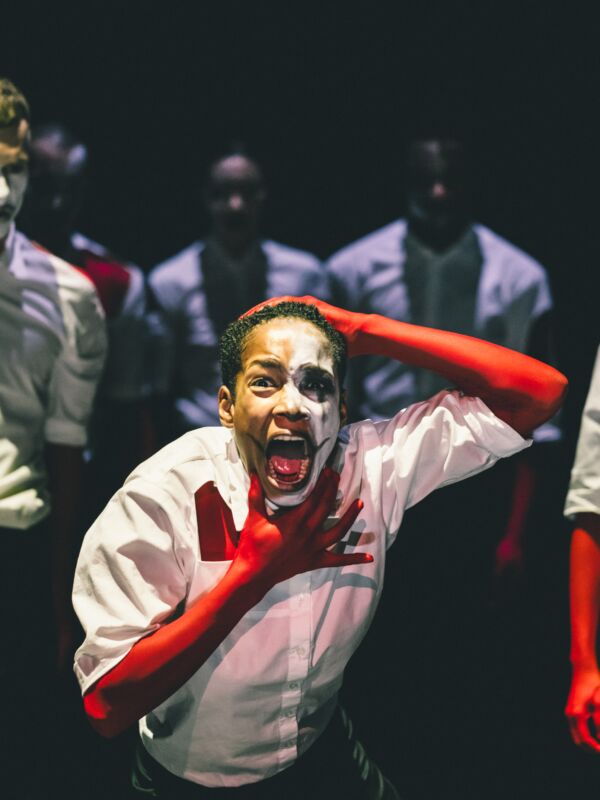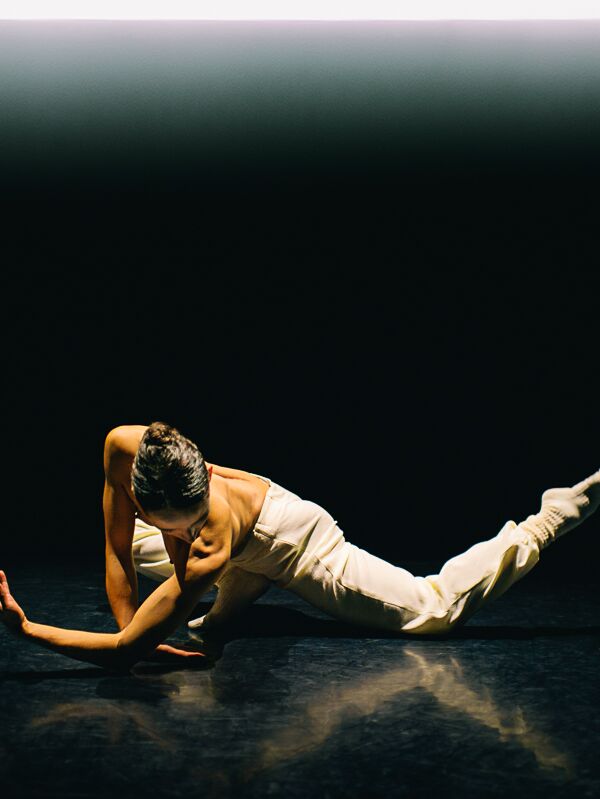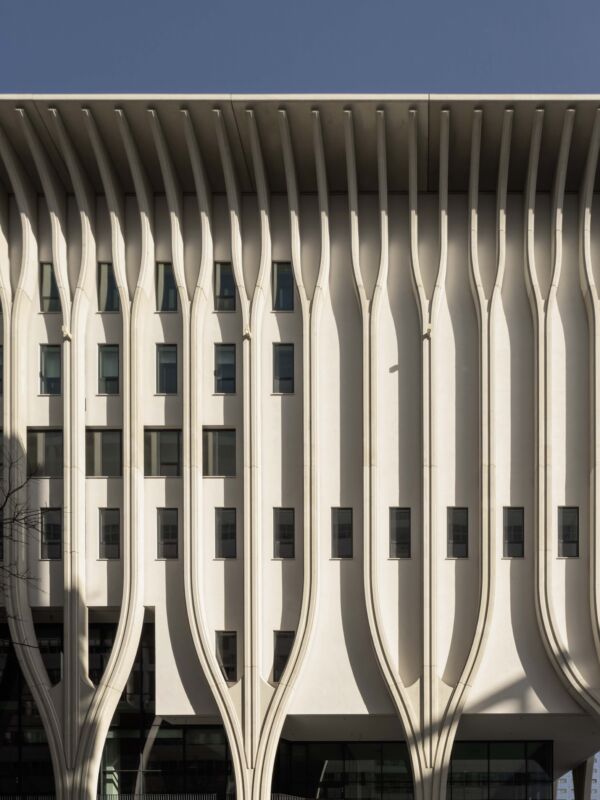What goes into NDT's online performances?
Hague-based Mink Pinster owns production company MILLK. His work centres around interpreting (dance) theatre & music into film. Ever since 2020, Mink and his team have been working with NDT on recordings for online performances. Nowadays all NDT recordings that are streamed or offered on demand take place during a live performance with an audience. How do the recordings work and what are the challenges involved? During Illuminate‘s production week, we caught up with Mink to talk about his work.
